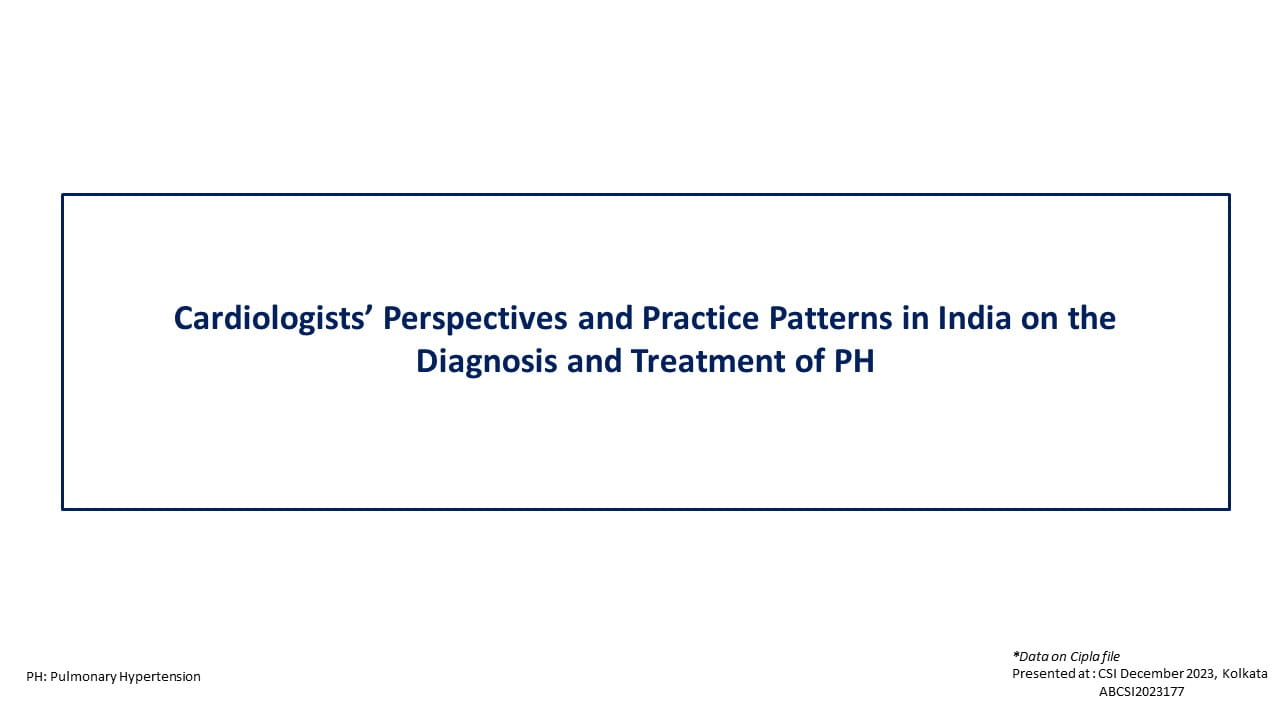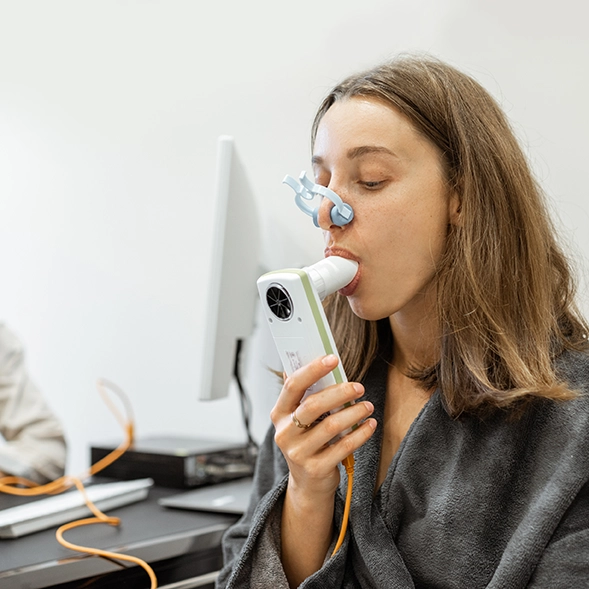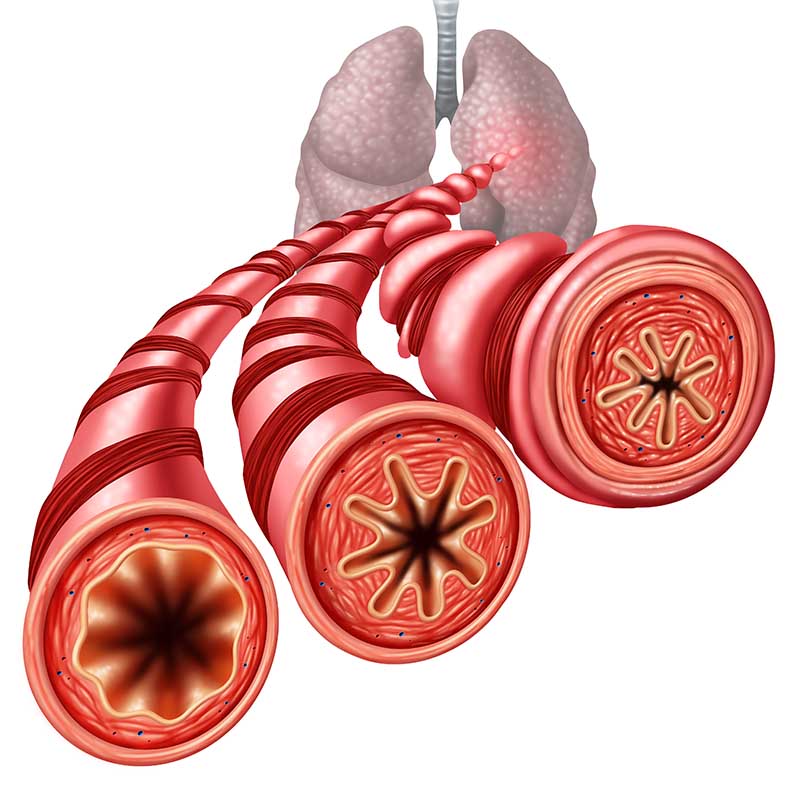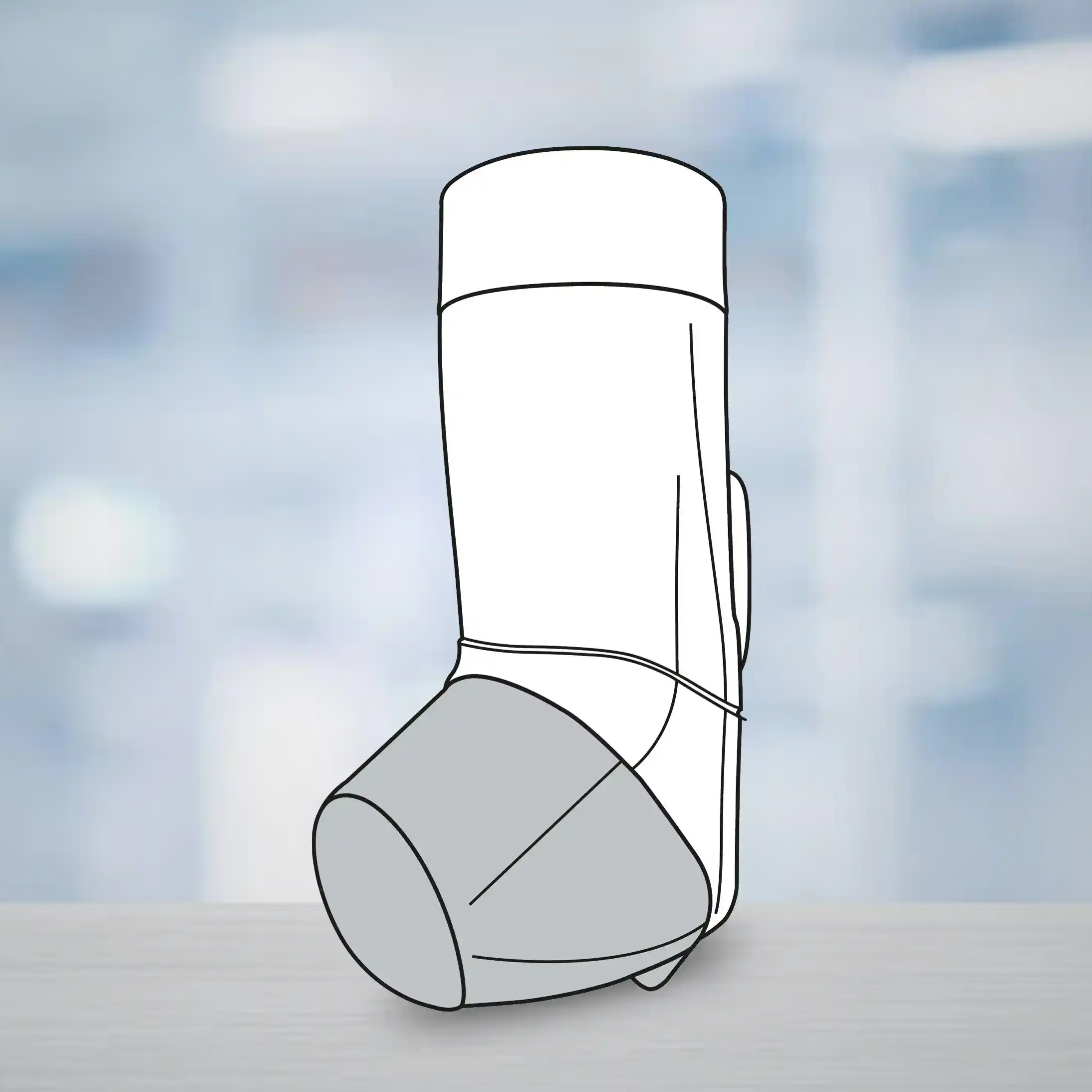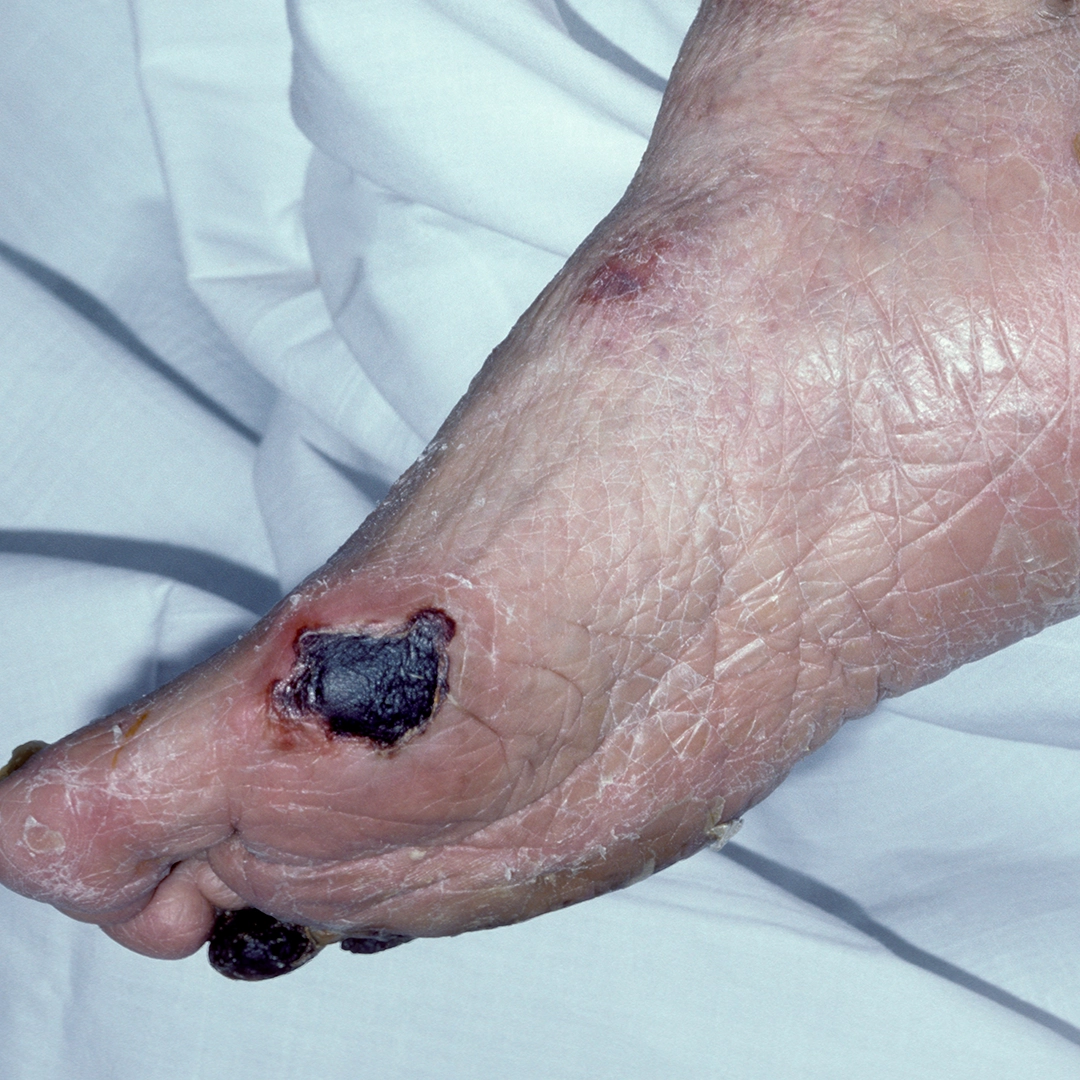Introduction
The efficacy of paracetamol administered intraoperatively, as a part of multi modal analgesic plan, is well established in the management of postoperative pain. Preemptive analgesia is administration of analgesics preoperatively to reduce the nociceptive effects of surgery. The postoperative pain scores and opioid requirements are comparable with oral and intravenous (IV) paracetamol as preemptive analgesia, as demonstrated by several studies. However, these studies were performed in small cohorts. There is no data that offers direct comparison between oral and IV paracetamol given as preemptive analgesia.
Aim
The postoperative analgesic efficacy of oral paracetamol and IV paracetamol administered preoperatively in adults undergoing surgical procedure is compared.
Method
Study Design
- Systematic review
Treatment Strategy
- A comprehensive electronic search was done to identify relevant studies
- All the studies that included participants aged above 18 years were included
- Interventions included or paracetamol given preoperatively or IV paracetamol administered either pre- or intraoperatively
- Studies that reported on one or more outcomes associated with postoperative pain or usage of postoperative analgesics were included
Endpoints
- Postoperative pain scores
- Postoperative analgesic requirements
- Use of rescue medication
Results
- The analysis included a total of 9 studies, of which 5 were randomized clinical trials
- Meta-analysis revealed that the postoperative pain score with IV paracetamol was 0.5 points lower than oral paracetamol
- Overall, patients receiving IV paracetamol required 5.6 mg less oral morphine equivalents (OMEs) in the first 24 hours postoperatively
- The mean time to rescue analgesia was comparable
Conclusion
- Intravenous paracetamol significantly reduces the postoperative pain as compared to oral paracetamol given as a premedication and offers small reduction in opioid requirements over 24 hours in patients undergoing surgical procedures.
J Perioper Pract. 2021 Oct;31(10):373-378. Doi: 10.1177/1750458920950652.



